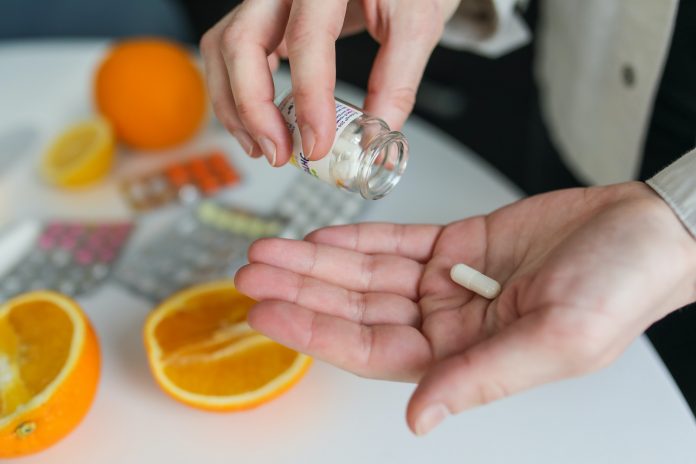The top 10 causes of death for older adults are all related to one factor. This is pollution. Pollution surrounds us everywhere. It’s in the air we breathe, on the water we drink and it is in our food. Pollution is one of the leading causes of disease and aging.
When we get sick, our immune system protects us by fighting the infection. But if we are constantly exposed to pollution we weaken our defenses. Eventually our immune system wears down and the harmful bacteria and viruses can build up. This can lead to flu, colds and even pneumonia. The pollution factor also contributes to inflammation and fatigue.
In addition to aging we weaken our bones and ligaments. Joint pain, muscle aches and tension can result. Bones become brittle and they are more susceptible to injury and fractures. Our bodies need an adequate supply of nutrients and vitamins to stay strong and healthy. A lack of vitamins such as Vitamin D and calcium can lead to muscle cramps, joint pains, headaches, anxiety, constipation, fatigue, weight gain, insomnia, and depression. Our diets are poor in most instances.
As our lifestyles become more sedentary, we move our bodies less and do not take care of our joints. As the cartilage that protects our joints wears down, inflammation occurs. When this happens, the cartilage can rupture, allowing more damage to occur. This leads to an infection, swelling, and redness in the joint.
Our goal must be to keep our joints as healthy as possible. We do that through nutrition, exercise, and stress reduction. If you find yourself with painful joints, don’t allow joint pain healing to inhibit you from living life to the fullest. | joint pain | healing} So, how can you promote joint pain healing? First, we recommend a good supplement such as glucosamine. It is a naturally occurring substance in the body. Glucosamine increases cartilage building and maintenance. It is also important to ensure that your diet is high in nutrients and minerals such as calcium, magnesium, zinc, selenium, copper, and so forth.
When taking a glucosamine supplement, please note that it is not suitable for all individuals with arthritis. Glucosamine HCL or High Dose Glucosamine Chondroitin is a more preferable supplement. This supplement helps prevent degradation of cartilage in the joints. In addition, it promotes new cartilage growth, minimizes swelling, improves micro-trauma, and prevents water from moving into the joints. Glucosamine Chondroitin prevents the adverse effects caused by glucosamine and increases the amount of connective tissues and glycosamino fatty acids.
Glucosamine sulfate, glucosamine hydrochloride, and glucosamine pyrithione are additional supplements for improving the production of connective tissues and glycosamino fatty acids. They are less stable than glucosamine sulfate and therefore may cause irritation of the stomach or intestine. The absorption rate of glucosamine is not significantly influenced when these supplements are used. However, they might have less effect if they are used in combination with another supplement. Glucosamine is a very important amino acid, which contributes to the building of connective tissues and thus to healthy joints and tendons.
Joint pain occurs for various reasons, but it could be the result of any one of these. In most cases however, joint pain is caused by damage to the cartilage which exists around the joints. Thus the first step towards the cure of joint pain is to repair or rebuild the cartilage that is damaged. This can only be done through the usage of products that contain glucosamine as an ingredient. Apart from being very beneficial for healthy joints and bones, glucosamine also helps in reducing inflammation.
So what are the ways by which this substance is used for joint pain relief? Glucosamine Chondroitin Sulfate is the most common glucosamine that is used for joint pains. It can be taken in two different ways – orally or by injection. The oral method of taking glucosamine is done by mixing it in a glass of water and taking it with food. The injection method of taking glucosamine requires the use of a needle inserted under the skin into a joint and then filled with a gel. This injection method is considered to be most effective, but it also has the longest duration of action.
Some of the possible side effects from taking glucosamine are stomach pain, bloating, diarrhea, joint pain, headache, and nausea. These side effects seem to subside after a few days of taking glucosamine. Some of these side effects may last for a longer period of time if the person is taking too much glucosamine. It is important to remember that when taking glucosamine for the first time, or adding it to another supplement, that these side effects may occur. However, taking them under their recommended dosages will minimize the chances of experiencing them.
There are other conditions that make it alright to take glucosamine. If the joints are severely damaged, a doctor may recommend this substance to help them heal. It’s also been found to be effective in combating osteoarthritis and gout as well. So if you’re wondering when you can take glucosamine to treat your pain, the answer is right now!


